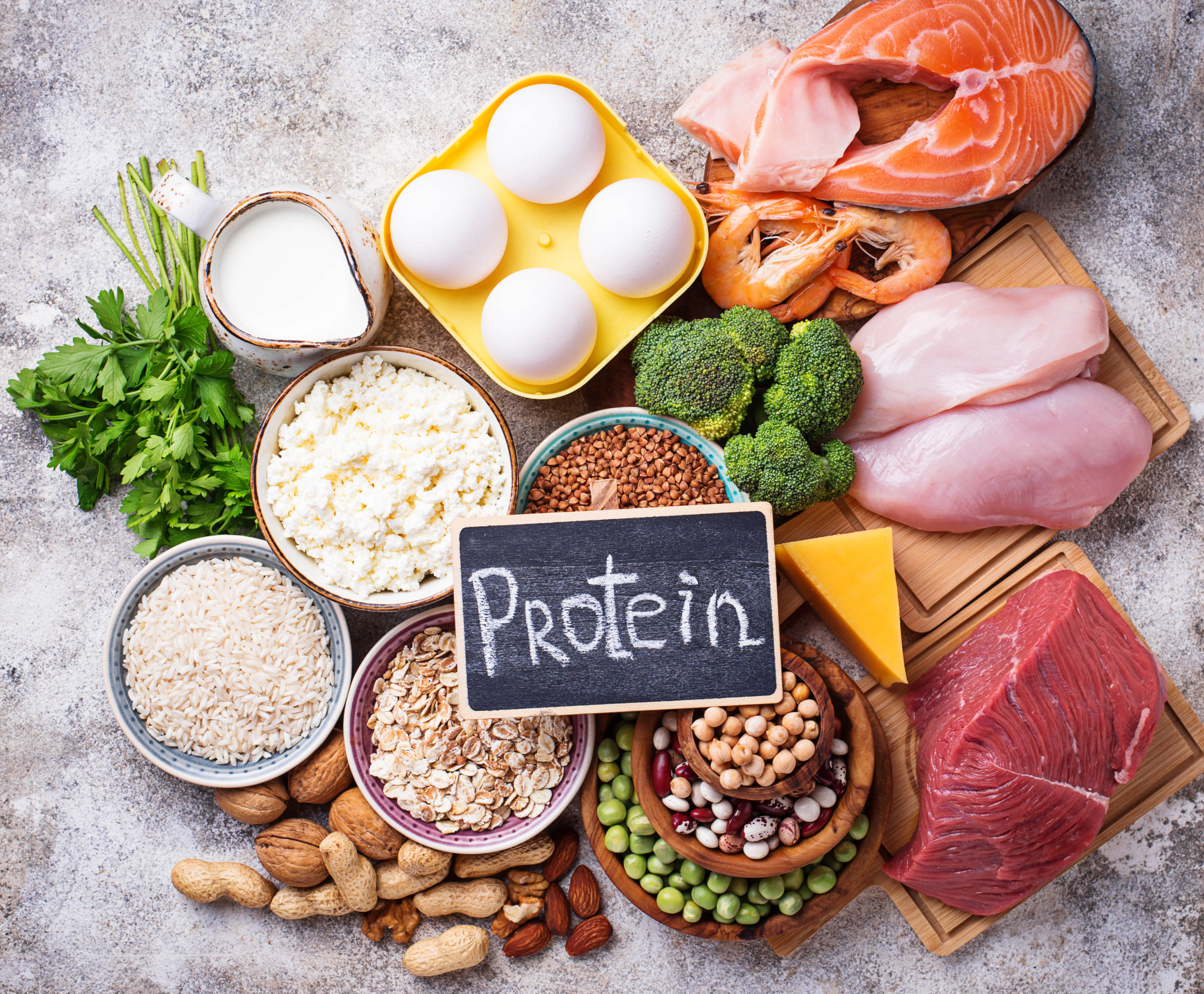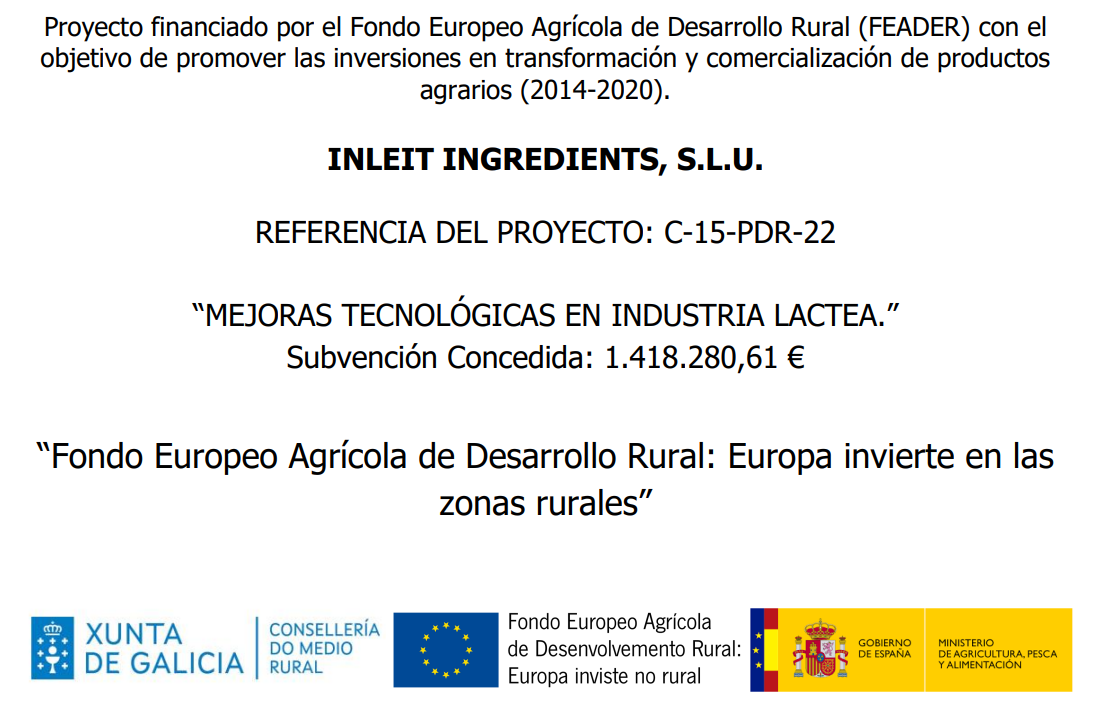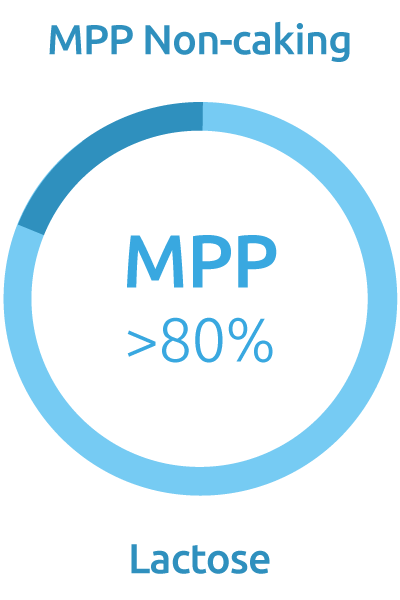The popularity of plant-based proteins is steadily increasing, and this trend is meant to grow further. The plant-based industry is projected to hit $65.4 billion by 2030, registering a growth rate of 10.41% from 2022. People will continue choosing plant over animal-based proteins for health, environmental and ethical reasons.
Now, imagine an alien invasion. A somewhat peculiar invasion: the aliens come and take only the animals with them. Could we survive (nutritionally speaking) without animals and an omnivorous diet?
Brief excursus on proteins
Proteins are everywhere, even in lemon, cucumber, and lychee. They are the enzymes that make us digest, the hormones that regulate our metabolic functions, the muscle fibers that allow us to move, and the receptors involved in the immune response.
Proteins are all made up of long chains of amino acids arranged in very complex shapes essential for their functions. Hundreds of different amino acids exist in nature, but only 20 of them form part of proteins. We can identify:
- Essential amino acids, which are 9 – they must necessarily be introduced through the diet because our body cannot build them;
- Nonessential amino acids, which are 11 – the ones we can efficiently synthesize from other molecules. However, 6 may become scarce in physio-pathological situations (pregnancy, illness, premature infant), and are therefore called conditionally essential amino acids.
When we eat foods containing plant or animal proteins, these are invariably “disassembled” into fragments, first in the stomach, then in the intestines, until we arrive at individual amino acids which enter the bloodstream and become available for all the body’s needs.
What about the protein quality?
The fundamental difference between animal and plant-based proteins is in the proportions of the various amino acids available for synthesis at any given time. To understand this, we must introduce the concept of Protein Quality – the ability of a protein (or set of proteins) to meet the body’s metabolic needs for amino acids.
It varies depending on two factors, namely the essential amino acid composition of the protein and its digestibility, which is given by the percentage of protein digested and to what extent its amino acids are absorbed in the intestines.
Various methods have been developed over the years to evaluate these parameters. Currently, the most used methods are:
- The Protein Digestibility Corrected Amino Acid Score (PDCAAS): values the fecal digestibility. It compares the indispensable amino acid content of a test protein (mg/g protein) to a theoretical reference protein. The results can be decimals or multiplied by 100 to be expressed as a percent. For example, a PDCAAS of <1.00 indicates that the protein is suboptimal, and PDCAAS >1.00 are truncated to 1.00.
- The Digestible Indispensable Amino Acid Score (DIAAS): was revised compared to the PDCAAS to reflect scientific advances and the ileal amino acid digestibility. Unlike the PDCAAS, the DIAAS method allows for scores >1.00 to acknowledge that there may be incremental health benefits associated with these higher DIAAS scores
Most animal-based protein sources, such as milk, whey, casein, eggs, and beef, have PDCAAS at or near 1.00. They are generally considered complete protein sources supporting indispensable amino acid requirements for human growth and development. Plant proteins, however, may have insufficient levels of one or more vital amino acids. For example, legumes are frequently low in the sulfur-containing amino acids methionine and cysteine, while lysine is typically limiting in grains.
The quality of proteins can also be reasoned on criteria of functional or metabolic responses and their capacity to promote the state of health. For example, their ability to generate satiety, stimulate protein synthesis, and prevent metabolic disorders has been widely studied. Although there are no objective elements to recommend a precise ratio between the two sources, it is accepted that favoring the consumption of plant-based proteins and limiting that of animal sources reduces the risk of chronic pathologies. This would consist, for example, in reducing the consumption of meat and cold cuts and increasing the consumption of legumes and nuts. Moreover, reducing the consumption of meat products is one of the levers to ensure a sustainable diet for the planet and its population.
References
Oberli M. et al., Compared with Raw Bovine Meat, Boiling but Not Grilling, Barbecuing, or Roasting Decreases Protein Digestibility without Any Major Consequences for Intestinal Mucosa in Rats, although the Daily Ingestion of Bovine Meat Induces Histologic Modifications in the Colon, The Journal of Nutrition, Volume 146, Issue 8, August 2016, Pages 1506–1513, https://doi.org/10.3945/jn.116.230839
Hertzler S.R. et al. Plant Proteins: Assessing Their Nutritional Quality and Effects on Health and Physical Function. Nutrients. 2020 Nov 30;12(12):3704. doi: 10.3390/nu12123704. PMID: 33266120; PMCID: PMC7760812.
Vegan Food Market Size, Share, Trends | Report 2022 to 2030 – https://www.precedenceresearch.com/vegan-food-market
Craig WJ, Mangels AR; American Dietetic Association. Position of the American Dietetic Association: vegetarian diets. J Am Diet Assoc. 2009 Jul;109(7):1266-82. doi: 10.1016/j.jada.2009.05.027. PMID: 19562864.
Liu J. et al., Amino Acid Availability of a Dairy and Vegetable Protein Blend Compared to Single Casein, Whey, Soy, and Pea Proteins: A Double-Blind, Cross-Over Trial. Nutrients. 2019 Nov 1;11(11):2613. doi: 10.3390/nu11112613. PMID: 31683779; PMCID: PMC6893549.
Hevia-Larraín V. et al.,High-Protein Plant-Based Diet Versus a Protein-Matched Omnivorous Diet to Support Resistance Training Adaptations: A Comparison Between Habitual Vegans and Omnivores. Sports Med. 2021 Jun;51(6):1317-1330. doi: 10.1007/s40279-021-01434-9. Epub 2021 Feb 18. PMID: 33599941.














